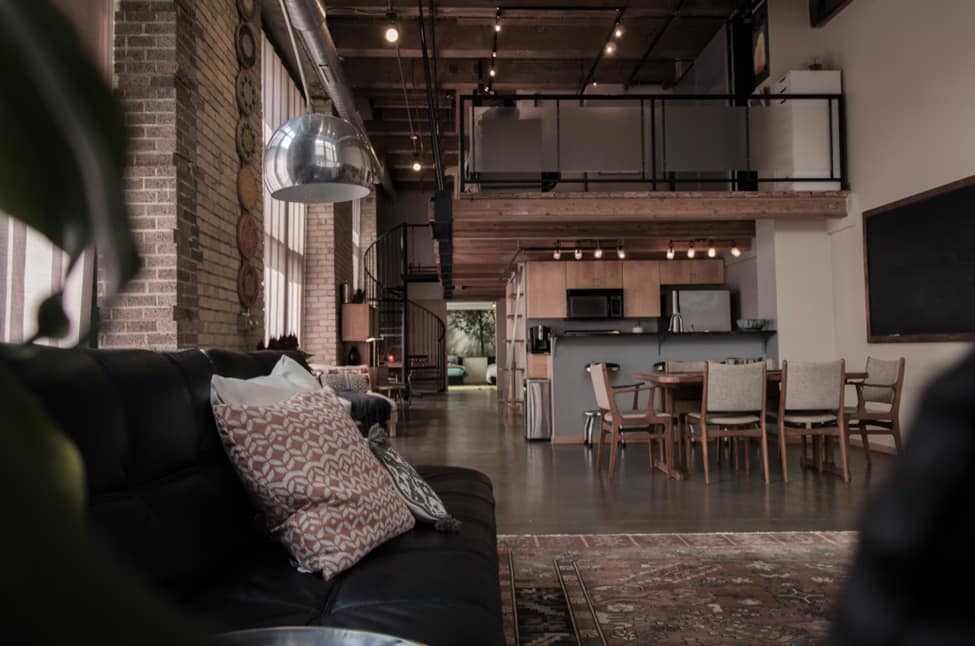Last Updated on March 16, 2025 by Tanya Janse van Rensburg
Planning your home decorating costs is essential when working toward creating your dream home on a budget.
Whether painting a single wall or tackling an entire house, having a clear budget helps you stay on track.
Without one, it’s easy to lose control, and before you know it, you’re spending more than you can afford.
In the U.S., homeowners spend an average of $2,605 annually on household furnishings and equipment.
This spending often includes everything from essential furniture to decorative items that make a house feel like home.
However, these costs can quickly add up, especially when undertaking larger projects or upgrades.
This article will provide practical tips on managing your money effectively for a home decor project, along with insights into financing options if you’re making a significant investment.
By the end, you’ll have a better understanding of how to achieve your vision without breaking the bank.
Let’s get started!


When designing your home, the major consideration is determining the scope of the job.
Will this be a complete overhaul, or will just a few changes be made?
You will need more time and money if your makeover entails a total overhaul. Next, make a priority list.
What’s most important to you?
Perhaps you have reached a point where you want new furniture in your living room or even a change of lights in the kitchen.
In this case, the only thing that must be done is to write down everything you want and choose what must be realized first.
This keeps you on track and helps you not to overspend.
Finally, when you are done, guess your costs. Also, consider what you will use to paint the surfaces, whether wallpaper or how you will cover the floor.
If you hire someone, remember to include the labor costs. Furniture, including rugs, curtains, and wall art, also contribute.
Each time, you seek quotes and aim for sales to control your budget.
Realizing your expenses will help make the process less stressful and much easier.


As much as it is important to work with style when undertaking a home decor project, it’s equally wise to work smart when preparing the budget.
Here's how you can do it:


When it comes to the financial aspect of home decor, there are a few credit choices you can consider:

A short-term loan can be a real lifesaver regarding home decor initiatives.
They provide you with an easy and fast source of cash for those emergency occurrences without obligating you for years.
Short-term loans are quick financing options that require less time for the borrower to repay the credit—often a few months up to one year at most.
They are ideal for emergencies or simple purchases of home accessories.
When to use short-term loans for home decor:

It is possible to stick to the budget. The following are key strategies that one needs to follow:

People should always consider factors both in planning and finances when decorating homes.
Setting a budget can help you put your money in its proper place and prevent excessive spending.
If you set a budget, you can decide what you wish to spend your money on without worrying about the money part.
Home decorating is about investing in your space and the happiness you want to get out of it.
If the feel of the budget you want to set is a bit restrictive, don’t panic there is always a way to finance.
Through short-term loans, one can afford the things one needs but can’t afford to buy immediately.
Just be sure to choose the option that best fits you.